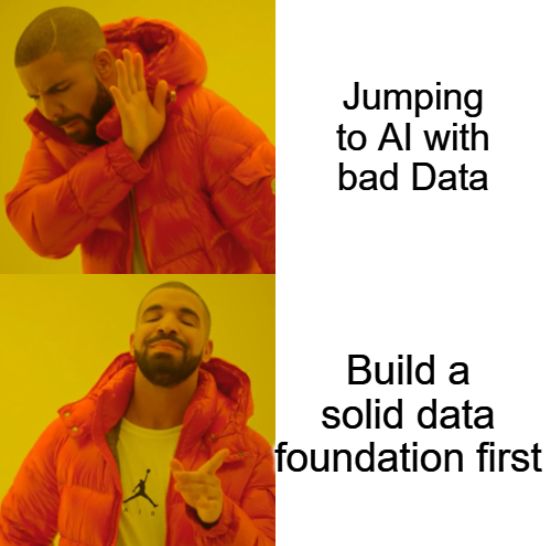Everyone’s talking about AI revolutionizing construction. CXOs and consultants we work with are eager for transformation—AI feels like the magic wand everyone’s been waiting for. The excitement is real (good for us!), but here’s the reality: our industry’s data foundations remain worryingly weak. (facepalm)
Fragmented, siloed information. Legacy tools that can’t “talk” to each other. On jobsites, under the pressure of delivery, reporting often takes a back seat. Later, I’ve seen teams scramble to piece together inconsistent records across platforms with no integration. Sometimes different groups even track the same metric, but with totally different variable names.
The result? AI implementation roadmaps get stretched, expensive, and, honestly-unexciting.
Clients inevitably say, “AI isn’t ready yet. Technology just isn’t there.” There’s some truth to that, but it’s not the whole truth. The real bottleneck has always been the data.
When data is unreliable, even the smartest algorithms are left guessing. Poor data doesn’t just slow down progress–>it causes costly mistakes, bias, and missed opportunities. Even major players with proud data histories struggle to get information AI can actually use.

So we spend more time wrangling data than generating value from it. But it doesn’t have to be this way.
🔸 What if we prioritized digitization and standardized data collection-industry wide?
🔸 What if more firms worked with data consultants to actually build (or fix) these foundations?
Imagine the competitive advantage “data-first” construction companies could unlock as AI matures.
Yes, there’s a cost, but it pays off fast. Interconnected data is powerful, and most companies haven’t even experienced its full potential.
We’re building these data lakes for our customers – connecting silos, structuring information, and enabling real insights on connected data.
Let’s shift the conversation from ‘AI adoption’ to ‘data readiness.’ Strong data foundations are where true innovation begins.
👷 Would love to hear: What’s the biggest data challenge you’ve faced on a project? How did you try to solve it?
